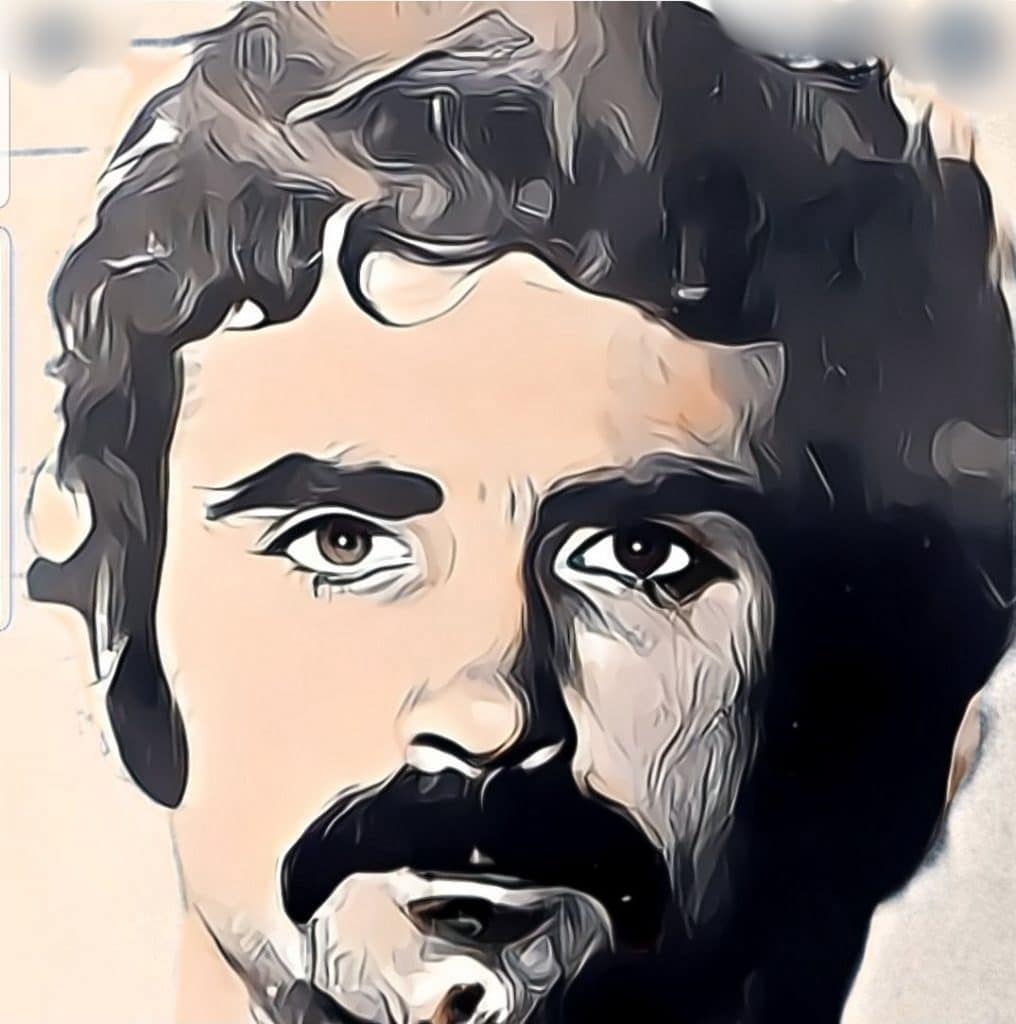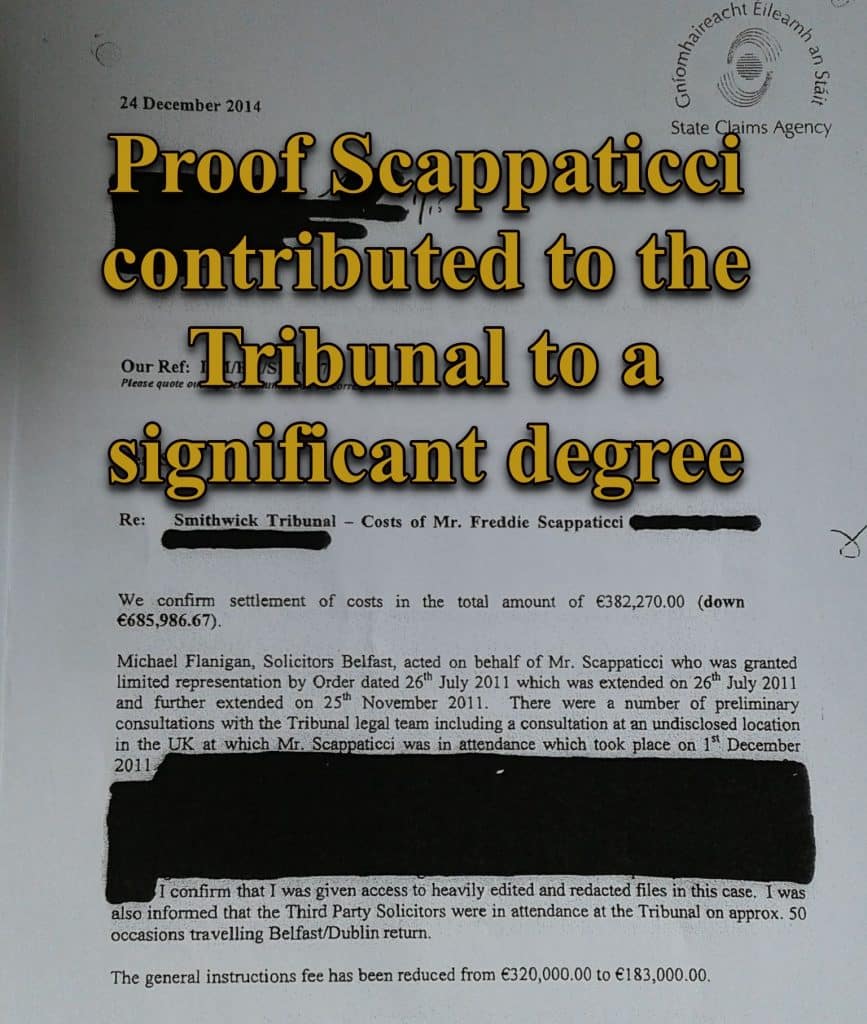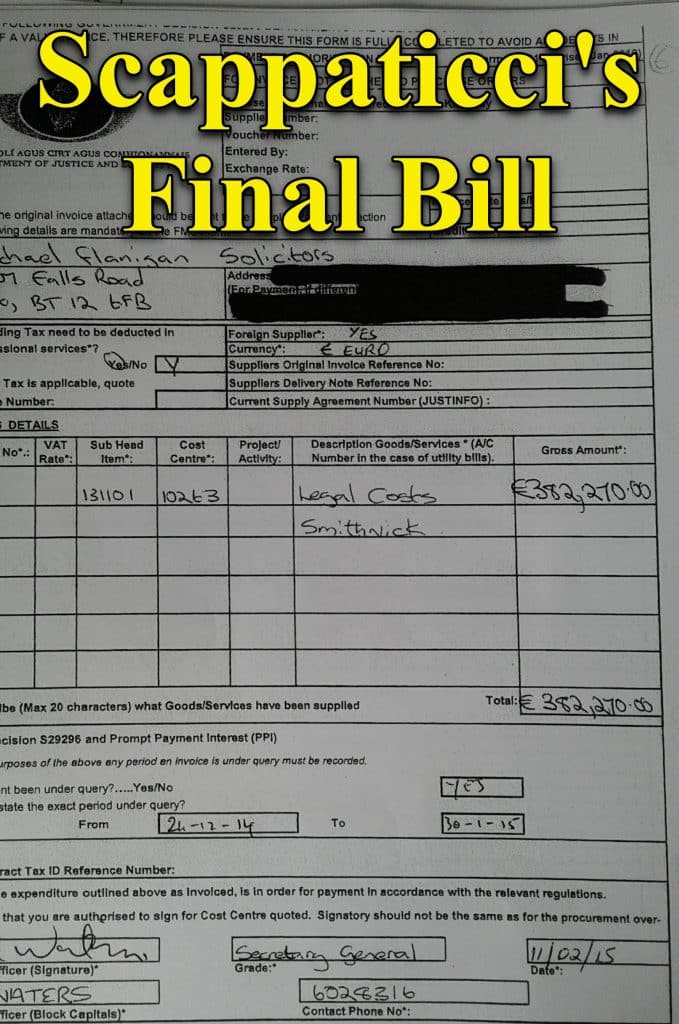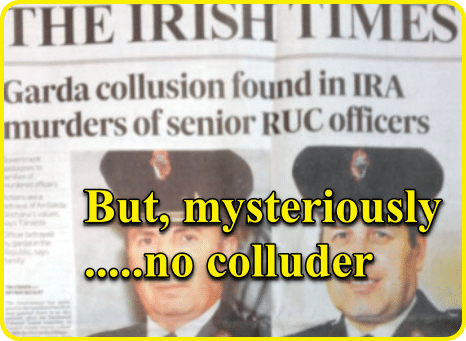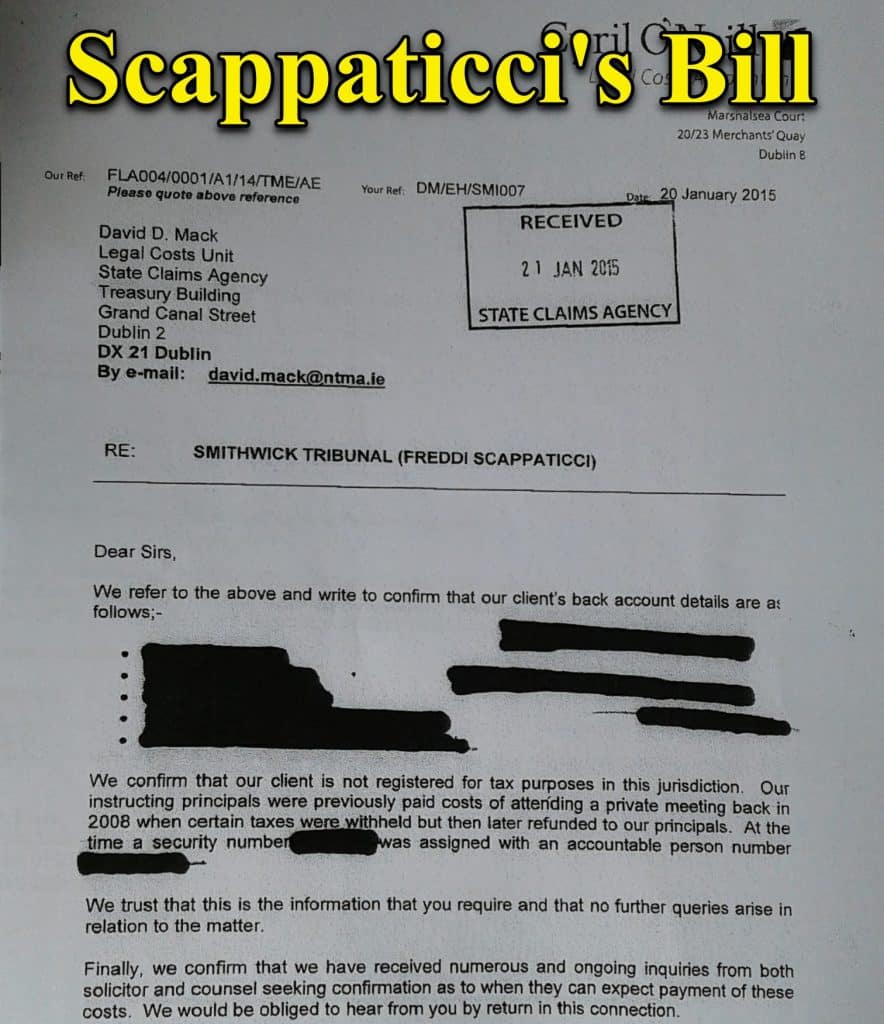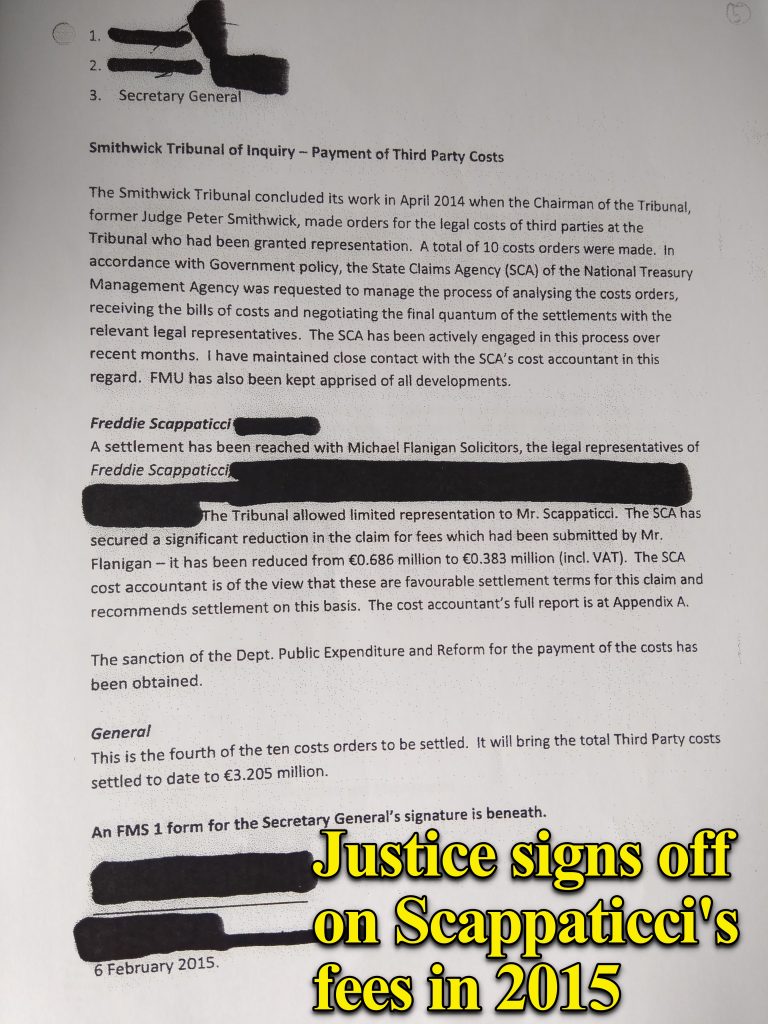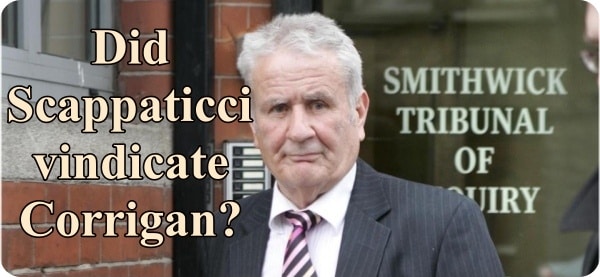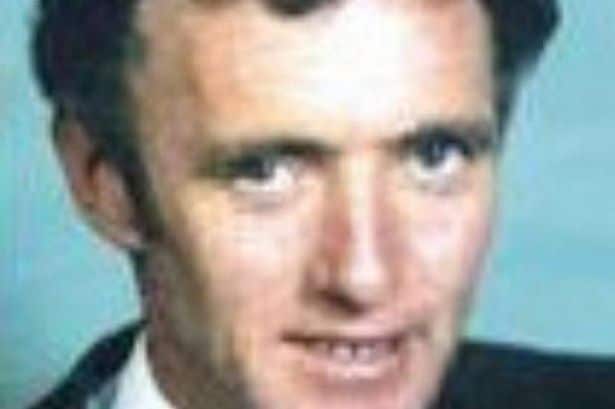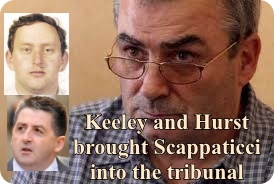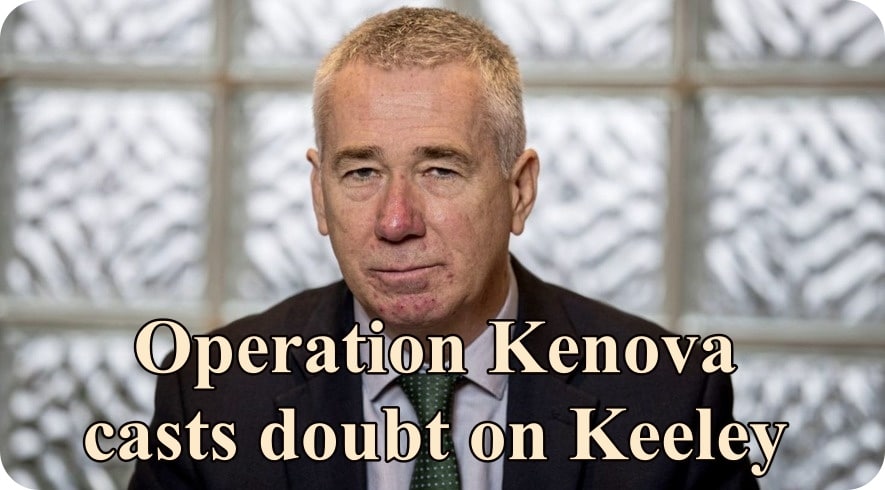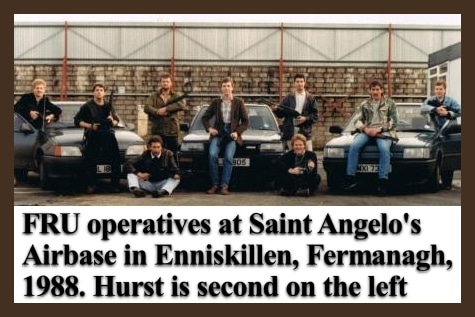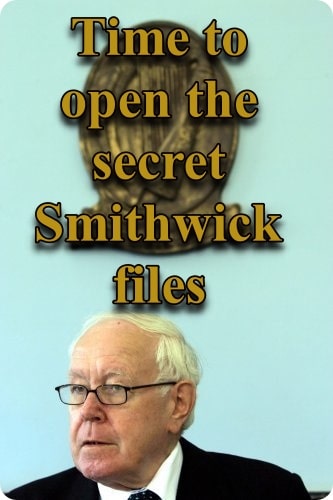Dixie Elliot ✍I finally managed to watch Seamus Kearney's gut-wrenching interview on Prime Time.
We can never imagine what Seamus went through that day, as he was given the terrible news that his brother Michael had been shot dead as an informer and dumped on the side of a border road.
We can never imagine what Seamus went through that day, as he was given the terrible news that his brother Michael had been shot dead as an informer and dumped on the side of a border road.
Many years later, forty-four to be exact, we saw the pain etched on his face as he recounted the priest breaking the news, his journey back to the Hell-Blocks and being taunted by a screw.
The British were determined to win the war at any cost, even sacrificing their own agents to keep those higher up, like Scappaticci, in place. Going as far as to let members of their own military forces die so as not to expose a high-ranking agent/tout.
The British were determined to win the war at any cost, even sacrificing their own agents to keep those higher up, like Scappaticci, in place. Going as far as to let members of their own military forces die so as not to expose a high-ranking agent/tout.
There is no doubt that the British government, MI5 and FRU were guilty of war crimes. It was indeed a dirty war in which many brave volunteers were dying not knowing that the 'leadership' had plans to end it from at least 1987. Not knowing how high up betrayal went and surely never believing that those, like Scappaticci and John Joe Magee, who led the unit tasked with rooting out touts were actually touts themselves.
Volunteer Michael Kearney was just one of their victims, how many more innocent victims of Britain's dirty war might there be?
How many more Stakeknives might still be waiting to be uncovered?
Volunteer Michael Kearney was just one of their victims, how many more innocent victims of Britain's dirty war might there be?
How many more Stakeknives might still be waiting to be uncovered?














